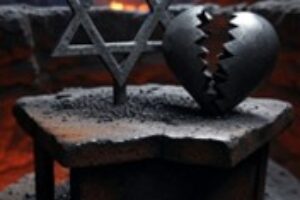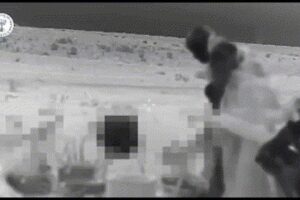
How do we begin and end sacred experiences? How do we carry a sense of the holy into everyday life?
Among the core religious practices of Judaism is the weekly celebration of Shabbat, the Sabbath. Rabbi Abraham Joshua Heschel, referred to the Sabbath as a “Palace in Time” – a day of rest, reflection, and reconnection. In our contemporary age, when so much of life moves so quickly, Shabbat comes every Friday at sunset and beckons us to pause from our work-a-day routines and celebrate the essential gifts of life.
Since many bar/bat mitzvah celebrations take place on Shabbat, we have included the following post about the rituals that help to usher in and bid farewell to the Sabbath. Often, the bar or bat mitzvah (and/or relatives) will be invited to lead one or more of these brief ceremonial acts in the synagogue or at home during the weekend festivities.
Candle Lighting (Hadlakat Neirot): It is customary to welcome the Sabbath on Friday evening before sunset with the lighting of candles. Some people light two candles, representing different references to Shabbat in the two versions of the Ten Commandments in Exodus 20:8 (shamor, “keep” or “guard” the Sabbath) and Deuteronomy 5:12 (zakhor, “remember” the Sabbath). Others light one candle for each member of their family. Traditionally, this mitzvah was carried out by women whenever possible, but today this varies throughout the Jewish world. When lighting the candles, we symbolically step away from our ongoing efforts to create, build, and master, recognizing and enjoying all that the Creator and Master of the Universe has provided for us. Candlelighting is also used to initiate other major Jewish festivals.
To learn more about this ritual, including the blessing(s) in Hebrew, English, and transliteration, visit: http://www.myjewishlearning.com/article/shabbat-candles.
Kiddush (Blessing over Wine): On Shabbat and other festive occasions one begins the meal by reciting a blessing over a cup of wine or grape juice — a sign of bounty. Kiddush (literally “Sanctification”) also refers to a modest repast held on Shabbat or holiday mornings after the communal prayer service. The text of the Friday evening kiddush speaks of the Sabbath as a “memorial” both to the creation of the world and to the exodus of the ancient Israelites from Egyptian bondage. In so doing, we give thanks for to God for the great gifts of life and liberty.
To learn more about the kiddush, including recordings of different versions of it, visit: http://www.myjewishlearning.com/article/kiddush.
Ha’Motzi (Blessing over Bread): It is customary to follow the kiddush for Shabbat with a blessing over two loaves of bread. The two loaves represent the biblical teaching that the Israelites received a double portion of manna each Friday so that they did not have to labor for their food on the Sabbath (Exodus 16:4-30). The loaves are covered during the kiddush and unveiled when one is ready to recite the blessing over the bread (many people also ritually wash their hands before the ha’motzi). This assures that we focus on the meaning of each blessing and the sanctity of the moment. After reciting the ha’motzi blessing, it is customary to cut or tear one of the loaves (challah or challot [plural form]), dip the pieces in salt (as was done with sacrifices in the Temple), and distribute it to everyone partaking of the special meal to follow.
To learn more about this ritual, including the blessing in Hebrew, English, and transliteration, visit: http://www.myjewishlearning.com/article/hamotzi-the-blessing-over-bread.
Havdalah (Service of “Separation”): Just as we welcome Shabbat with candle lighting and begin the Friday evening meal with kiddush, so too do we close the Sabbath with a brief ceremony that includes wine and a candle, as well as spices. The wine serves to sanctify the moment, the spices to revive our spirits as we bid farewell to Shabbat, and the flame to call us back to our creative work in the world. Havdalah traditionally takes place when one has viewed three stars in the night sky; in North America, this is roughly an hour after sunset (between 42-72 minutes in different communities. https://www.hebcal.com/home/96/what-is-havdalah-or-when-does-shabbat-end).
To learn more about this multi-sensory ritual, visit: http://www.myjewishlearning.com/article/havdalah-taking-leave-of-shabbat.




